Introduction: What is Edo-born Elf?
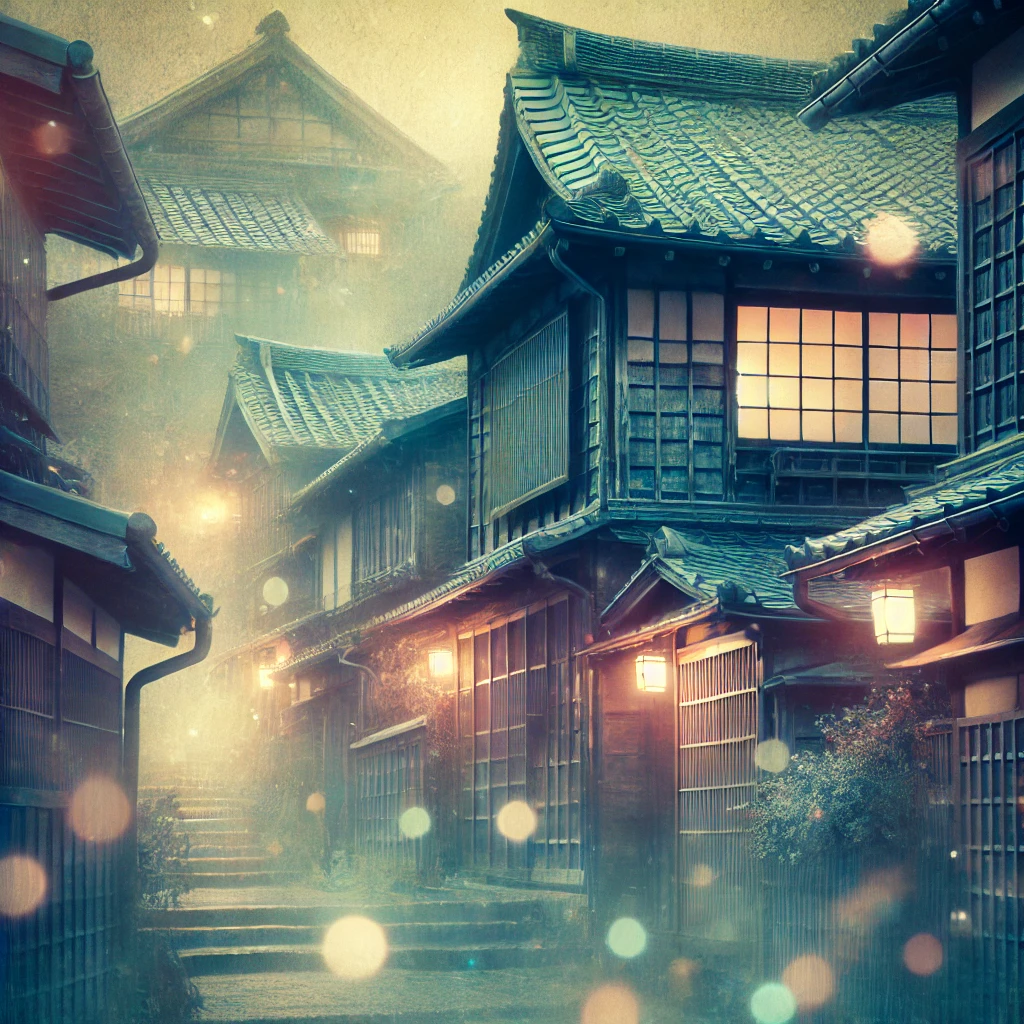
So, have you ever imagined what would happen if ancient Edo period culture met the world of fantasy? That’s exactly what Edo-born Elf explores. It’s a unique anime series that takes viewers on a journey where traditional Japanese history and mystical fantasy blend seamlessly. But how does it work? Let’s dive in.
At its core, Edo-born Elf is set in modern-day Tokyo, but there’s a twist: one of the main characters is an elf who lived through the Edo period. This elf carries with them not only magical powers but also centuries of knowledge and customs from Japan’s Edo era. It’s a fascinating combination of modern life and ancient traditions, wrapped in a storyline that’s both entertaining and thought-provoking.
What makes Edo-born Elf stand out is how it successfully weaves together historical elements with fantasy. For instance, the Edo period was known for its strict social hierarchy and cultural practices, and these aspects are subtly reflected in the characters' behavior and environment. But, at the same time, the show doesn’t shy away from adding fantasy elements—like spells, mythical creatures, and even time travel—giving it a whimsical yet grounded feel.
Now, let’s talk about the characters. The protagonist, an ancient elf born during the Edo era, navigates the present-day world while still deeply rooted in their past. Their interactions with modern-day humans bring out humorous and sometimes emotional moments, as they struggle to reconcile their traditional values with contemporary society. Supporting characters, too, play vital roles in highlighting this clash and blend of worlds, providing a well-rounded cast that keeps the story engaging.
As the setting fluctuates between past and present, the viewer gets glimpses of what life was like in the Edo period. From the architecture to the costumes, Edo-born Elf does a great job of bringing Edo Japan to life—while also making it accessible to a modern audience. It’s like getting a history lesson, but with a magical twist.
In short, Edo-born Elf isn’t just another fantasy series. It’s a thought-provoking mix of the past and the present, tradition and magic, giving it a unique flavor that appeals to both history buffs and fantasy lovers alike.
The Cultural Fusion: Edo Meets Fantasy
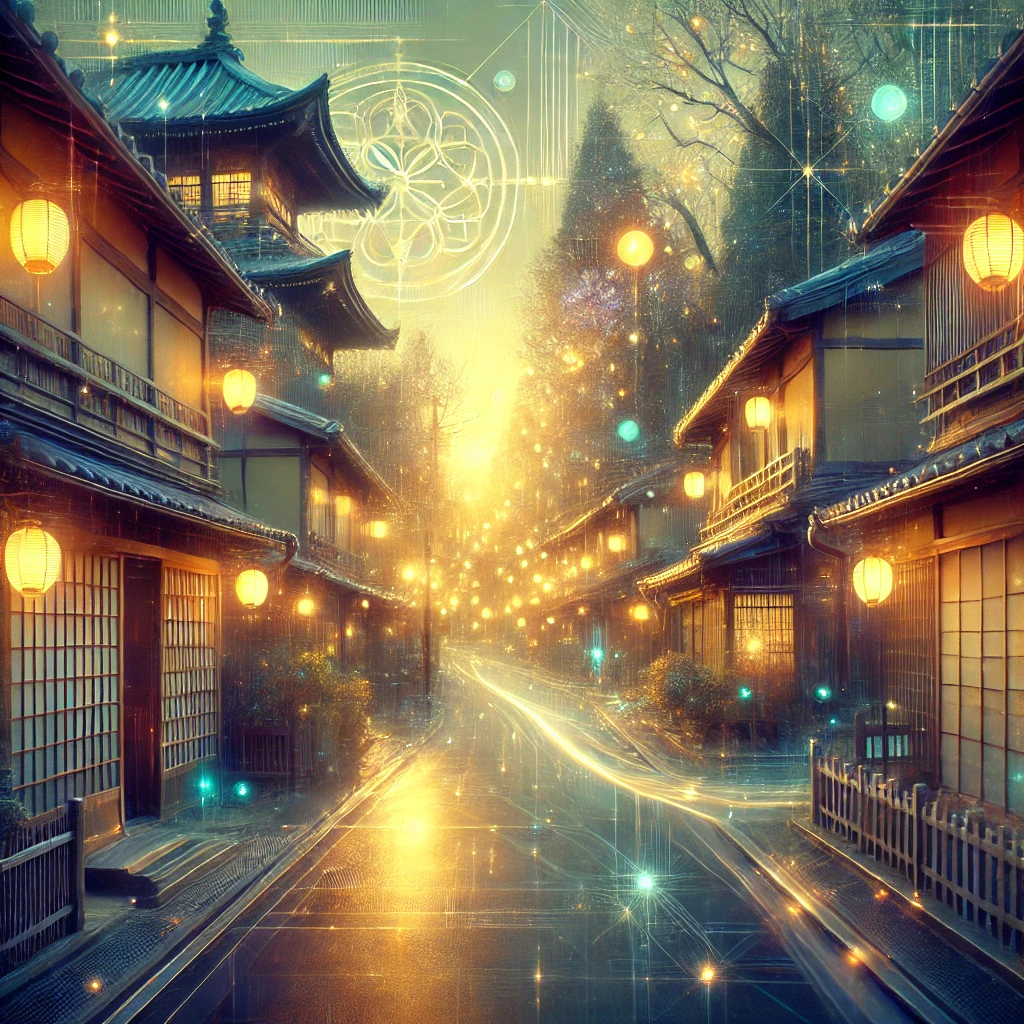
Let’s take a moment to appreciate what really makes Edo-born Elf unique: the way it blends the historical Edo period with magical fantasy. At first glance, it might seem like these two worlds wouldn’t mix, but the series pulls it off in a way that feels both natural and intriguing.
One of the most striking aspects is how the show incorporates Edo culture directly into its storyline. Imagine walking down a street in modern Tokyo, only to find a shrine that has been there since the Edo period. Now, picture that shrine being inhabited by an ancient elf who lived through that era—still following customs from hundreds of years ago. That’s the magic of Edo-born Elf. The series seamlessly integrates historical elements like Edo architecture, traditional customs, and even language into the daily lives of the characters.
For example, the architecture in the series is a perfect nod to the Edo period. You’ll see beautifully crafted wooden buildings with tiled roofs, narrow streets, and even lantern-lit alleyways that transport you right back to the past. These historical touches aren’t just for show; they play a significant role in setting the mood and grounding the fantasy elements in something real and relatable.
And let’s not forget the customs. From how characters bow to greet each other to the way they speak, the Edo-era politeness and social rules are on full display. It’s fascinating to watch the protagonist, the elf, who continues to follow these strict customs even in the modern world. This attention to detail gives the show an authentic feel and makes the fusion of past and present much more believable. The contrast between these old-fashioned manners and today’s more casual lifestyle adds a layer of humor and depth to the story.
The language, too, is worth mentioning. Characters often use old Japanese expressions that were common during the Edo period, adding another layer of historical accuracy. Even the modern characters find themselves adjusting their language when speaking to the elf, highlighting the cultural divide—and ultimately, the fusion—that the series explores.
Why does this all matter, you ask? Well, these cultural references aren’t just for decoration. They enrich the viewer’s experience by offering a deeper understanding of Japan’s rich history while also creating a unique setting for the fantasy story to unfold. It’s like watching a historical drama with a twist of magic, where every detail—from the architecture to the dialogue—adds to the immersive world-building.
So, if you’re someone who loves both history and fantasy, Edo-born Elf delivers a perfect blend of both. It’s this cultural fusion that truly sets the series apart, making it more than just an average fantasy show.
Main Characters and Their Connection to Edo
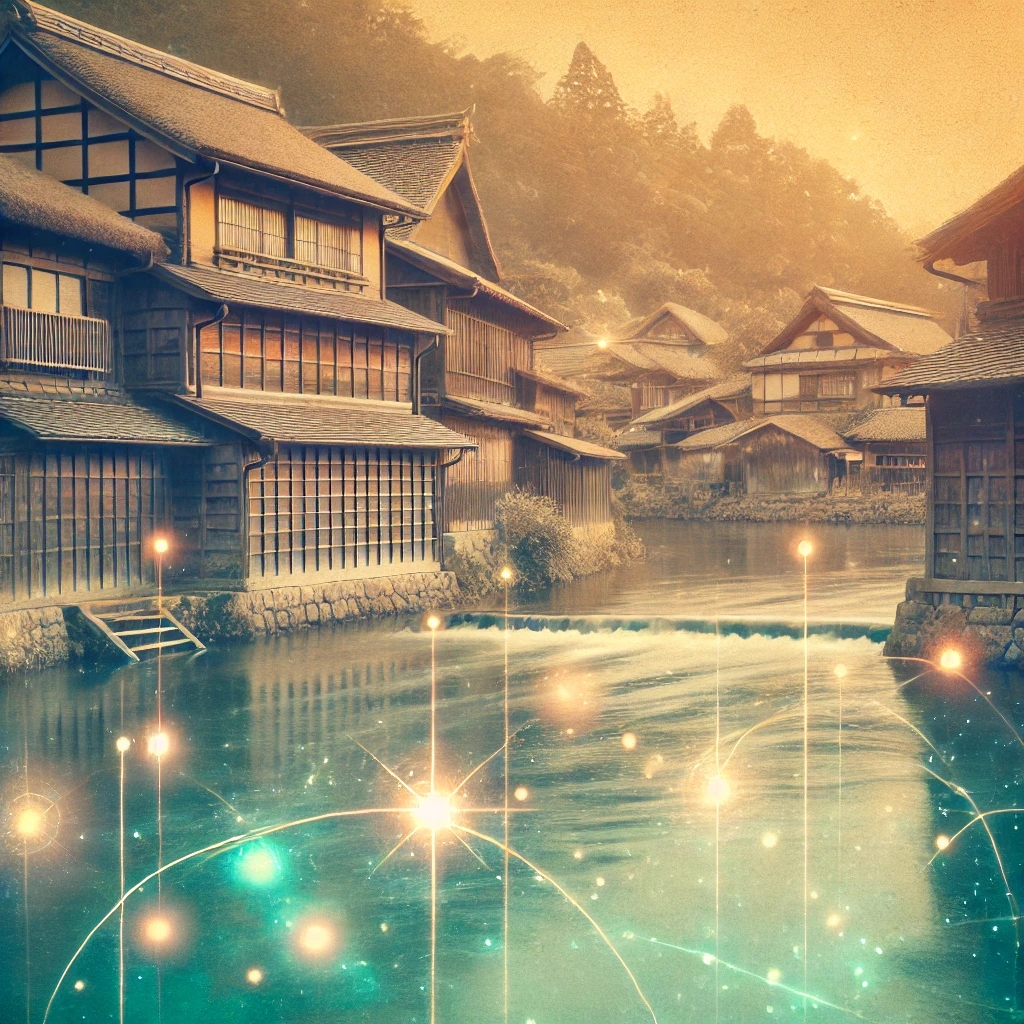
Let’s talk about the characters in Edo-born Elf and how they connect to the rich history of the Edo period. It’s not just about their actions or personalities; it’s about how they reflect a time long past while navigating the modern world.
First up, we have the protagonist—an ancient elf who lived during the Edo period. Imagine trying to balance centuries of tradition in a world that’s moved on. That’s the challenge this character faces daily. With a calm yet dignified presence, the protagonist embodies the very essence of Edo values: respect, honor, and adherence to societal rules. Whether it’s in the way they speak, their posture, or how they interact with others, you can feel the weight of Edo-era customs shaping their every move. It’s fascinating to watch this character struggle with adapting to modern life, all while clinging to their roots.
But here’s where it gets really interesting: this elf isn’t just a relic from the past. They serve as a bridge between eras, showing the beauty of Edo traditions to a new generation. Their actions, from how they respect elders to their deep sense of duty, reflect traditional Edo values that still hold relevance today. It’s this balance of the old and new that makes them so compelling to watch.
Then, there are the supporting characters. They might not be from the Edo period themselves, but their interactions with the elf are crucial in showcasing the cultural contrast. Some characters, for example, act as guides for the elf, helping them navigate the complexities of modern Tokyo. Others are fascinated by the elf’s deep knowledge of history and customs, often leading to humorous exchanges. These interactions highlight the differences between the fast-paced, casual nature of modern life and the structured, respectful approach of Edo-era etiquette.
Each supporting character plays a role in bridging the gap between fantasy and reality. Through them, the series explores how different generations can learn from one another. For instance, there’s a young character who initially sees the elf’s old-fashioned ways as outdated, but eventually comes to appreciate the wisdom behind those traditions. In turn, the elf learns from the younger characters about the importance of flexibility in today’s world. This dynamic not only deepens the story but also resonates with viewers who can relate to the theme of generational differences.
In short, the characters in Edo-born Elf are more than just players in a fantasy world. They are carefully crafted to reflect the values, struggles, and beauty of the Edo period while making it relatable for a modern audience. The protagonist’s connection to their Edo roots grounds the show in historical tradition, while the supporting characters help to bring the story into the present, creating a fascinating blend of past and future.
Fantasy Elements: Magic in an Edo Setting
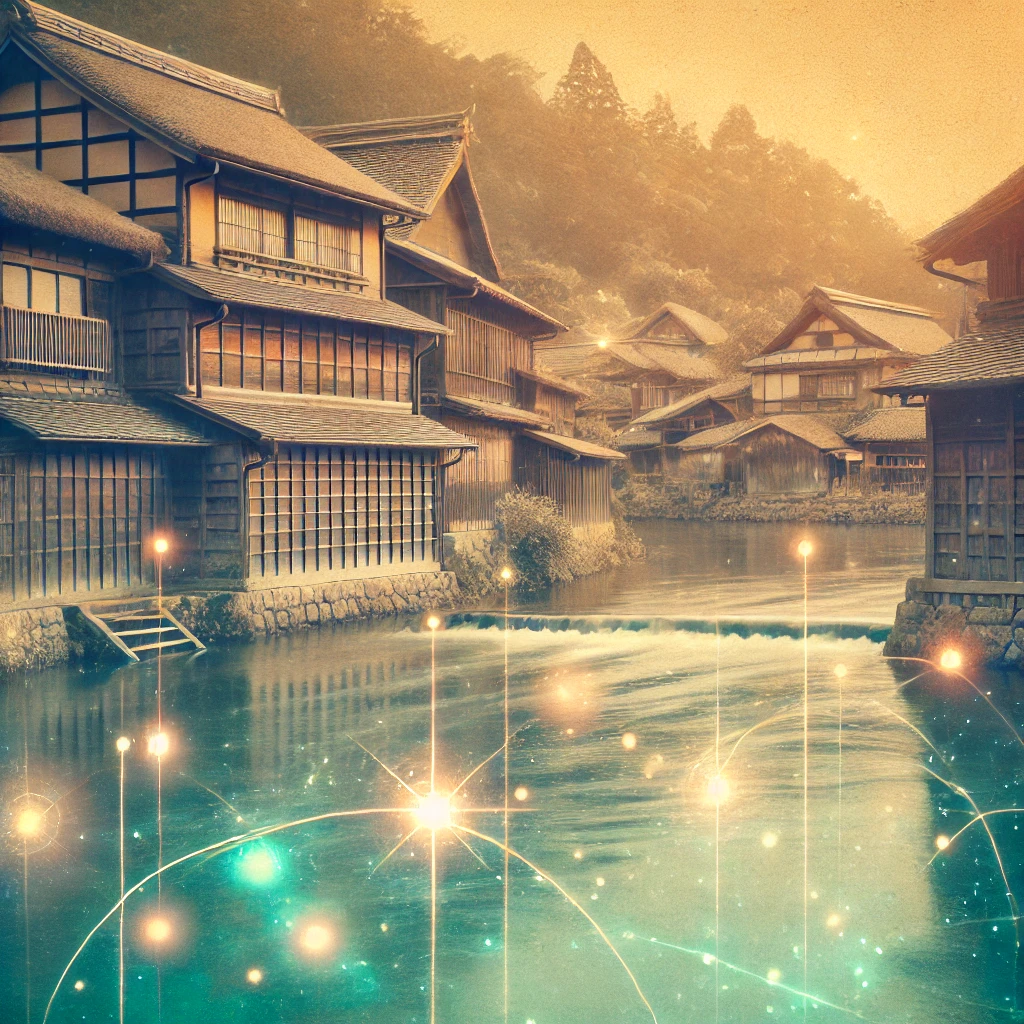
Now, let’s talk about the fantasy elements in Edo-born Elf and how they’re beautifully woven into the historical Edo setting. This is where the show really shines, blending magic with history in a way that feels both imaginative and grounded.
First off, the series introduces us to a world where magic exists alongside traditional Edo period life. You’ve got the usual fantasy staples—spells, mythical creatures, and enchanted objects—but they’re not thrown in haphazardly. Instead, they complement the historical backdrop, adding a layer of wonder to the Edo world. For instance, the protagonist, an elf with ancient magical powers, uses their abilities not just for flashy battles but for more practical, everyday tasks. It’s a refreshing take on magic, where it feels integrated into the daily routines of Edo-era life rather than something otherworldly.
One of the most captivating elements is how mythical creatures are brought into the story. Picture this: creatures you’d expect to see in a fairy tale, like dragons or talking animals, wandering the narrow streets of Edo Japan. These creatures are portrayed as part of the natural order, existing quietly in the shadows of history. It’s almost as if the show is saying, “What if these mythical beings were always part of our world, hidden in plain sight?” The seamless inclusion of these creatures adds a mystical quality to the otherwise grounded setting.
So, how does this blend of magic and history work? Surprisingly well. The series does a fantastic job of balancing the fantastical with historical accuracy. The magic never feels out of place, thanks to the show’s careful attention to Edo-era details. The architecture, the customs, even the language—all of it remains true to the time period. It’s almost like the fantasy elements were always meant to exist in this world. Rather than overpowering the historical setting, the magic feels like an enhancement, as if it’s revealing a hidden layer of Edo life that we never knew existed.
What really makes this work is the contrast between the grounded reality of the Edo period and the more whimsical, magical elements. On one hand, you have strict social hierarchies, traditional customs, and a sense of order that defined the Edo era. On the other, you’ve got elves, spells, and mythical creatures that break those boundaries. This contrast doesn’t create conflict, though—it creates harmony. The magic adds a sense of unpredictability and excitement to the story, while the historical setting gives the fantasy elements a sense of depth and meaning.
In fact, the way the show balances these two aspects is what sets it apart from typical fantasy series. It’s not just about throwing magic into a historical setting; it’s about weaving those elements together to create a richer, more immersive world. The attention to historical detail makes the fantasy feel more grounded, while the fantasy elements give the historical setting a fresh, imaginative twist. Together, they create a world that feels both familiar and magical—a world where history and fantasy aren’t separate, but intertwined.
Reception and Impact of Edo-born Elf
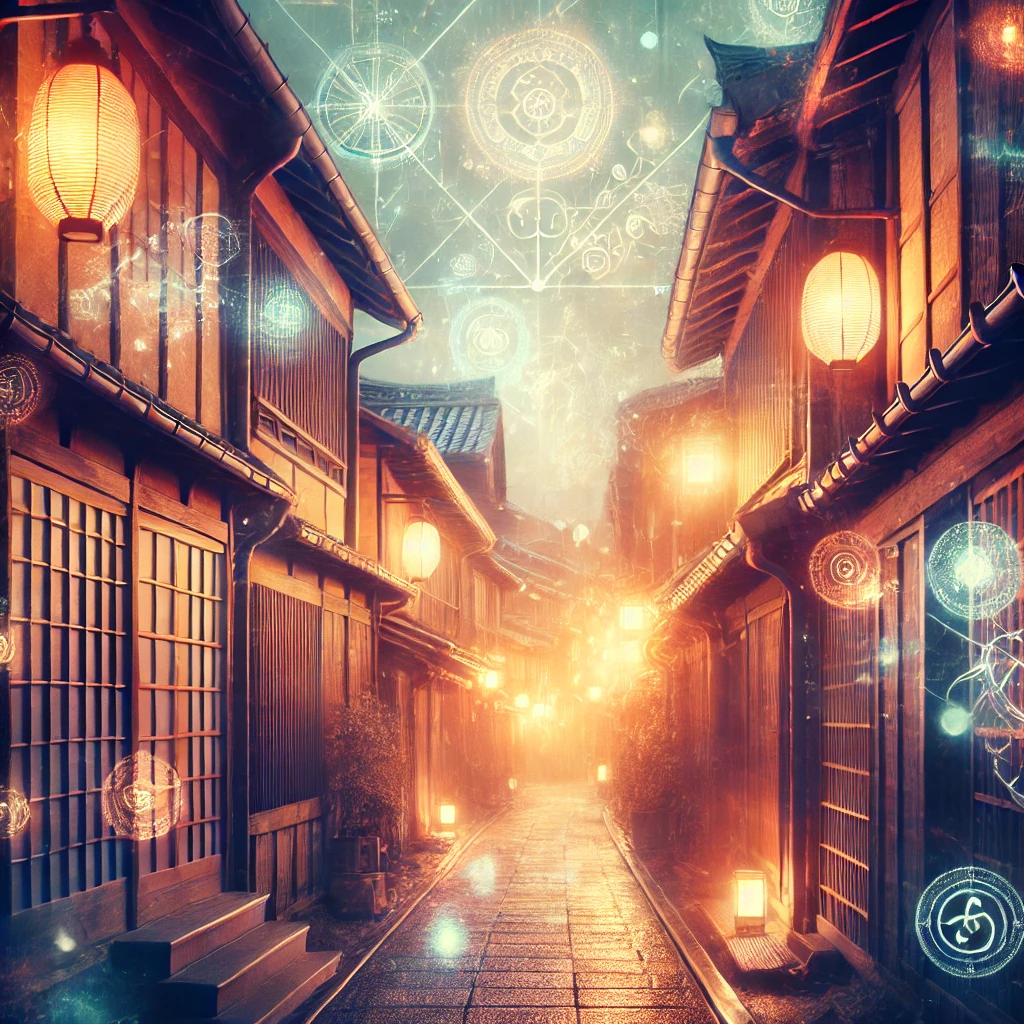
So, how has Edo-born Elf been received by fans and critics? Well, its unique premise of blending Edo-period history with magical fantasy has certainly caught the attention of many. Viewers are drawn to the series because it offers something different—a mix of historical authenticity and whimsical imagination. Fans in Japan have praised the show for its attention to detail, particularly in how it portrays Edo culture, while seamlessly adding fantasy elements that keep the story fun and engaging.
Critics, too, have responded positively to Edo-born Elf. Many applaud the balance the series strikes between historical accuracy and fantasy, pointing out that it offers a refreshing take on the typical anime formula. It’s not just another show about magic and mythical creatures; it’s a show that uses those elements to explore deeper cultural themes, like tradition versus modernity. Some reviews highlight how the character development and storytelling stand out, especially in how the protagonist’s Edo-era values clash with—and sometimes complement—modern society. This dynamic has been one of the most praised aspects of the series.
In terms of popularity, Edo-born Elf has gained a solid following in Japan, particularly among fans who appreciate historical settings. Its mix of fantasy and history appeals to those who enjoy learning about the Edo period while also being entertained by the magical elements. But the series’ appeal isn’t limited to Japan. There’s growing interest from Western anime fans, especially those who are intrigued by Japanese history and culture. The show’s unique setting, combined with its accessible fantasy elements, has the potential to attract a global audience.
Could Edo-born Elf become a hit in the Western market? Absolutely. The growing popularity of anime in Western countries means there’s a demand for series that offer something new and culturally rich. Edo-born Elf fits that description perfectly. With its beautiful animation, compelling characters, and the fascinating blend of fantasy and history, it has all the ingredients to captivate viewers abroad. Additionally, the series touches on universal themes, like the tension between old traditions and modern life, making it relatable to a wide range of audiences.
Looking ahead, fans are already speculating about the future of Edo-born Elf. Given its unique premise and growing fanbase, many are hopeful that we might see expansions in the form of sequels, spin-offs, or even adaptations in other media formats. A second season could delve deeper into the rich history of the Edo period, exploring more characters or even expanding the fantasy world further. And with the rise of live-action adaptations of anime, who knows? Edo-born Elf could someday be adapted into a movie or series that brings its magical Edo setting to life in a new way.